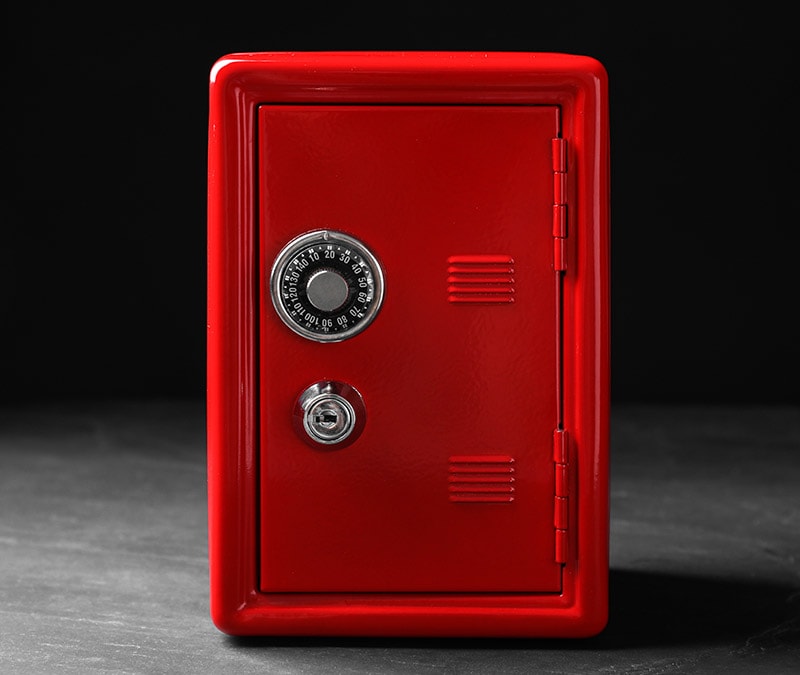What is a privacy breach?
What is a privacy breach?

Privacy breach and data breach sound a lot alike — and they are.
Many people use the terms interchangeably — and they should.
You might say that privacy breach and data breach are one side, not two, of the same coin — and you’d be right.
A privacy breach occurs when someone accesses information without permission. It starts with a security breach — penetrating a protected computer network — and ends with the exposure or theft of data. That data may include personally identifiable information such as your name, address, Social Security number, and credit card details.
So, where’s the difference? Maybe what sets a privacy breach and a data breach apart is that the word privacy sounds, well, more personal — and it is.
It’s your privacy.
What are my privacy risks?
Privacy relates to any rights you have to control your personal information and how that information is used. Your information is in a lot of places. That includes government agencies, health care organizations, financial institutions, social network platforms, computer-app makers, and many other places.
Your information has value. That’s why cybercriminals often target organizations where they can harvest personal data. They can use it to commit crimes like identity theft or sell it on the dark web.
Another similarity between privacy breaches and data breaches? There’s not much you can do to prevent them. The security of your information is in someone else’s hands. Even so, there are things you can do to help protect yourself.
9 tips to help protect yourself after a privacy breach
A privacy breach could increase your risk of identity theft. That’s when someone uses your personal information — like you Social Security number or bank account information — to commit crimes in your name.
Here are some tips that may help after a data breach.
1. Mind your passwords.
Remember to use strong, secure passwords. Give each of your online accounts a password that’s unique and complex — a combination of letters, numbers, and symbols that wouldn’t be easy to guess.
Tip: If you need help remembering your passwords, consider a product like Norton Password Manager to simplify the task.
2. Monitor your financial accounts.
If cybercriminals have your personal information, they may be able to access things like your existing accounts. That’s why it’s smart to check your accounts on a regular basis for unfamiliar activity.
Tip: A lot of companies offer activity alerts via text or email. It may make sense for you to sign up for them.
3. Check your credit reports.
Your credit reports can show if an identity thief has tried to open a new credit card or borrow money in your name. Check your reports regularly.
Tip: You’re entitled by law to a free credit report from each of the three major credit reporting agencies every 12 months. Visit annualcreditreport.com for more information.
4. Take action quickly.
If you see suspicious activity on your credit report or in your bank statements, contact the financial institution involved immediately. Do you think your information was stolen in a data breach? It’s a good idea to let them know.
Tip: Credit cards offer stronger protection against financial fraud than debit cards. In general, use a credit card for online buys.
5. Secure your smartphone.
Your phone requires a password. After all, you’ve got a lot of personal information stored on it. You wouldn’t want to give a criminal easy access to it on your unprotected phone.
Tip: Some measures to consider to help secure your smartphone: creating a strong PIN; using a fingerprint or face scan, if available, to lock your device; updating your apps and operating systems frequently.
6. Check website security.
Use only secure URLs. Those are the ones that begin with https://. The “s” is key, and it’s especially important when entering credit card or other personal information.
Tip: Cybercriminals build websites that may look real, but they’re designed to steal your personal information. Check the URL to see if you’re on a reputable and secure site.
7. Use high-quality security software.
Be sure to install and use security software that includes malware and virus protection. It’s important to keep your software updated, as these updates frequently are to patch security holes.
Tip: Norton Security is a trusted solution that can help protect multiple devices. It’s also available with LifeLock identity theft protection. LifeLock looks for use of your personal information and, with proprietary technology, alerts you to a wide range of potential threats to your identity†.
8. Avoid oversharing on social media.
Cybercriminals might combine your personal information from a privacy breach with details you share on social media. For instance, a criminal might find a mention of your mother’s maiden name on a social media platform and use it to answer a security question on one of your financial accounts. The lesson? Don’t overshare.
Tip: Never share anything that may include sensitive personal information. And remember to adjust your settings to make your profiles private.
9. Consider an identity theft protection or credit monitoring service.
A privacy breach can lead to a long process of recovering from identity theft. That’s one reason why it’s important to consider identity theft protection or a credit monitoring service.
Tip: Norton Security now includes LifeLock identity theft protection, helping to protect your personal information.
You can’t always count on organizations to secure your personal information. But regardless of whether you call it a privacy breach or a data breach, it’s definitely personal.

Cyber threats have evolved, and so have we.
Norton 360™ with LifeLock™, all-in-one, comprehensive protection against viruses, malware, identity theft, online tracking and much, much more.
Try Norton 360 with Lifelock.
†No one can prevent all identity theft. LifeLock does not monitor all transactions at all businesses.
Editorial note: Our articles provide educational information for you. Our offerings may not cover or protect against every type of crime, fraud, or threat we write about. Our goal is to increase awareness about Cyber Safety. Please review complete Terms during enrollment or setup. Remember that no one can prevent all identity theft or cybercrime, and that LifeLock does not monitor all transactions at all businesses. The Norton and LifeLock brands are part of Gen Digital Inc.





Want more?
Follow us for all the latest news, tips, and updates.